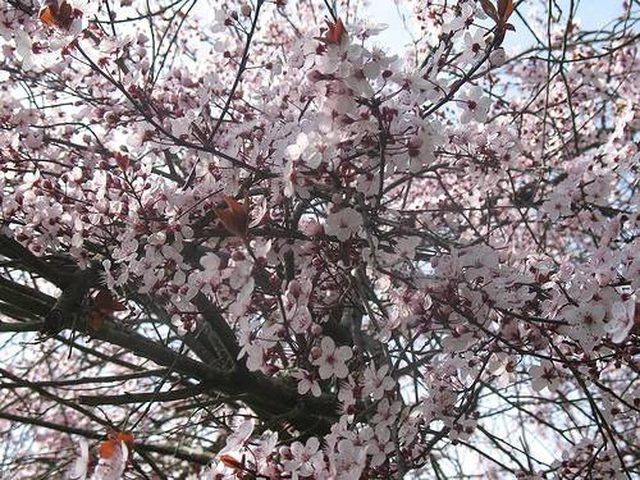Bulbs
Flower Basics
Flower Beds & Specialty Gardens
Flower Garden
Garden Furniture
Garden Gnomes
Garden Seeds
Garden Sheds
Garden Statues
Garden Tools & Supplies
Gardening Basics
Green & Organic
Groundcovers & Vines
Growing Annuals
Growing Basil
Growing Beans
Growing Berries
Growing Blueberries
Growing Cactus
Growing Corn
Growing Cotton
Growing Edibles
Growing Flowers
Growing Garlic
Growing Grapes
Growing Grass
Growing Herbs
Growing Jasmine
Growing Mint
Growing Mushrooms
Orchids
Growing Peanuts
Growing Perennials
Growing Plants
Growing Rosemary
Growing Roses
Growing Strawberries
Growing Sunflowers
Growing Thyme
Growing Tomatoes
Growing Tulips
Growing Vegetables
Herb Basics
Herb Garden
Indoor Growing
Landscaping Basics
Landscaping Patios
Landscaping Plants
Landscaping Shrubs
Landscaping Trees
Landscaping Walks & Pathways
Lawn Basics
Lawn Maintenance
Lawn Mowers
Lawn Ornaments
Lawn Planting
Lawn Tools
Outdoor Growing
Overall Landscape Planning
Pests, Weeds & Problems
Plant Basics
Rock Garden
Rose Garden
Shrubs
Soil
Specialty Gardens
Trees
Vegetable Garden
Yard Maintenance
How to Plant a Japanese Plum Tree
How to Plant a Japanese Plum Tree. The Japanese plum is the most common variety of plums in U.S. grocery stores. Japanese plum trees actually come from China and made their way to the America in the 1800s. This beautiful tree showcases delicate, white flowers in the early spring and bears its red plums from late May to early July. It grows to a...

The Japanese plum is the most common variety of plums in U.S. grocery stores. Japanese plum trees actually come from China and made their way to the America in the 1800s. This beautiful tree showcases delicate, white flowers in the early spring and bears its red plums from late May to early July. It grows to a height of 15-20 feet and the fragrant flowers in the spring attract plenty of bees and butterflies. There are several varieties of Japanese plums, the two most common being the Santa Rosa and Satsuma. These trees can handle hot temperatures and somewhat dry conditions well, but are not tolerant of very cold winters. There are a few basics to know when planting these trees and when you have added them to your yard you will be rewarded with beautiful flowers and sweet fruit.
Things You'll Need
Japanese plum tree
Topsoil with 5.5-6 pH
Pine straw mulch
Dig a hole as deep as the root ball and the width of the roots. Mix in a good topsoil that has a 5.5-6 pH level. Plant in a sunny location.
Place the tree into the hole. The top of the roots should sit about 1 inch above ground level. If needed, dig the hole a little deeper or fill in with more soil. Make sure the tree is setting level in the hole. Fill about half way full with soil and water. Fill in the hole the rest of the way. Pack down the soil with a shovel.
Space the trees approximately 20-25 feet apart if you're planting more than one tree. You can plant smaller varieties closer together, about 10-20 feet apart.
Water the tree well. Mulch around the tree with pine straw. This keeps the moisture in and keeps the roots cool.
Plum trees take about two to four years to bear fruit. The first two years will produce flowers and then by the second year or so fruit will appear.
